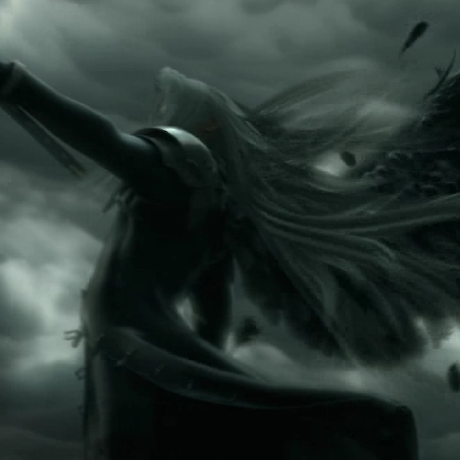Hello PCSX2 followers and a belated Happy New Year!
After being late a couple of days (it's a tradition and we can't break it 😛), we present you with a new stable release, version 1.4.0!

Along with the release comes our year end report for 2015. The following progress report will provide an overview of all the notable changes from the previous stable version, 1.2.1, to this update. Keep in mind many of the changes have been mentioned in previous progress reports, but are mentioned again as a changelog for 1.4.0. The changes since 1.2.1 are so many, some smaller, some quite massive, that it was impossible to write about all of them, but we believe we have nailed all the highlights!
This release is special for our growing Linux user base. You will be treated with a shiny new GSdx OpenGL backend, for a massive speed and compatibility boost over 1.2.1 and much more, all thanks to the efforts of Gregory and various contributors!
Generally, this release includes work from many more contributors than any previous versions. It appears that switching to Git as our version control system helped invite more developers and encourages sharing even small patches and additions.
So without further ado, here is the report!
Core
New Feature - Debugger
- by Kingcom
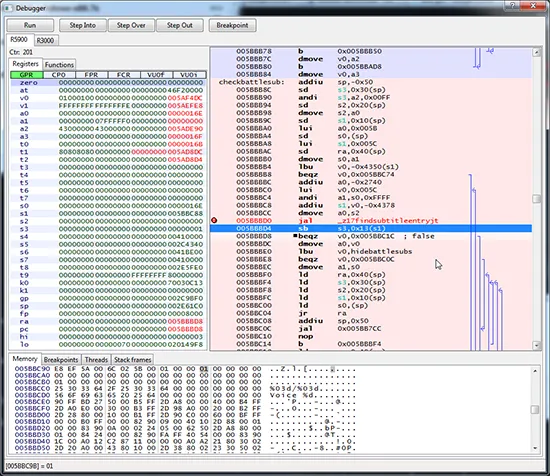
The new debugger features a live disassembly view and allows developers to debug games way easier than before while being very useful feature in assisting the debugging of games which aren't working properly. Its main purpose is aiding in game hacking, translation patches for example. list of Keyboard shortcuts for the debugger functions can be found at docs/debugger.txt .
New Feature - Folder memory cards
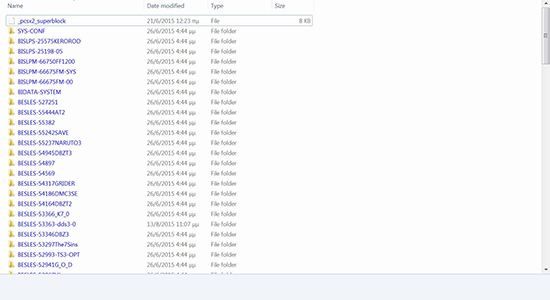
The new Folder memory card feature allows users to easily share single game saves instead of the whole memory cards by simply sending the folder of the specific game. This method also allows easier backup of the save files and allows deletion of game saves without even going into the PS2 bios or the game. You even convert your older memory cards to a folder using the built-in convert feature!
Another neat advantage is that it provides unlimited storage capacity for save files as games will only see their own saves and the rest of the perceived 8MB memory card as free space. This allows you to create as many saves as would fit onto a whole empty memory card in a single game, without concerns about leaving enough space for other games or ever running into the problem where you start a new game and only later realize you don't have enough free space on the memory card to save, and without the incompatibility issues of emulating bigger third party memory cards.
Note: This feature is purely optional and can be disabled in the Memory Card Manager.
New Feature - EE Overclock
- by ssakash and Blyss Sarania
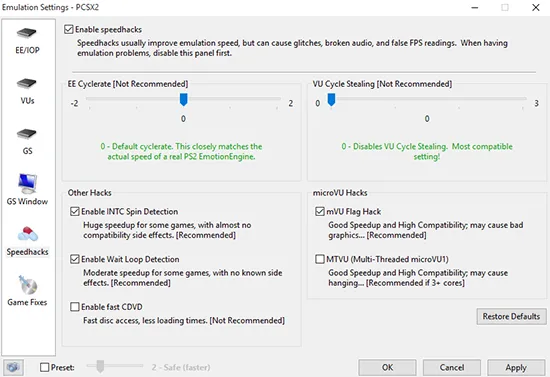
You can now manipulate the EE Cyclerate to overclock and underclock the Emotion Engine's R5900 Core CPU clock speed, The negative values on the slider allow you to reduce the clock speed and conversely the positive values effectively increase the clockspeed.
Take a look at the following comparison video to understand the impact of the EE overclock feature.
Recompiler Improvements and Core Refactors
- by Refraction, ssakash and Gregory
GIF: Better Handling for Finish Interrupt request signal
- by Refraction
Fixes issues on games like Indiecar Series 2005 where the previously fired finish signals weren't cleared and it eventually lead to multiple fires of Interrupt requests.
MicroVU: General Improvements
- by ssakash and Refraction

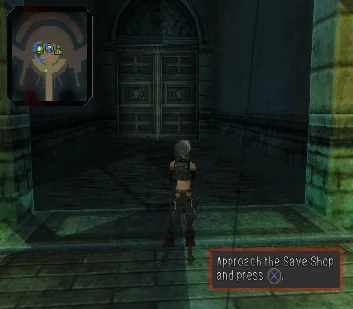
There were some rare flickering issues on games like Naruto ultimate ninja series and dot hack games at cases when some of the MAC Flag instances got incorrectly skipped with the mVU Flag Hack. which later got fixed due to proper detection of Register index status before the Flag sets.
Also Proper Clamping with COP2 status as parameter was added to some of the VU upper OP codes to fix hangs on Superman - Shadow Of Apokolips and proper jump targets were used to fix lots of texture corruptions and spiky shadows on True Crime - New York City , DT Racer and DT Carnage.
Dev note: The XG Kick Instruction trigger has been reworked to delay cycles regardless of the status of MemVI parameter which later got removed since it was pretty much useless as there should always be a delay for XG Kick instructions.
SIF: Limit/Mask transfer size to 1mb-16bytes
- by Refraction
Gregory Horror Show enters playable state ! The issue was due to the game using a weird transfer from IOP to EE through SIF that has a size
0x80000000 which was due to incorrect masking, causing a flag on the
top of the passed size to be mistaken as part of the size itself. Thanks to jpd002 (Author of Play!) the suggestion to Limit / Mask the transfer size finally made the game to enter playable state.
VIF: Better handling of IRQ and MFIFO Timing improvements
- by Refraction
Stuart Little 3 enters playable state. The issue was actually caused by a VIF interrupt firing on a "Wait for GS Paths" instruction before the flushing was complete which caused the emulator to hang. The condition check has been made a lot more stable now so such issues should never happen again.
Chessmaster was one of those games which has suffered timing issues for quite a long time as it hangs even before reaching the menus. This was eventually changed as Refraction quickly fixed the issue by simulating the buffer filling time from scratch pad. Finally the game could now go past the menus!
A fix was made to the detection of invalid VIF Opcodes where the interrupt bit could be set on an invalid operation, causing Tarzan and Looney Tunes Back In Action to hang unexpectedly, the condition has now been updated to make sure this is less likely to happen.
EE Interpreter: Improved TLB miss exception handling
- by Gregory
The Program Counter value would be saved into the EPC register (Exception-Program Counter) whenever a TLB miss occurs and previously the program counter got incremented by 4 whenever a CPU exception was triggered. So instead of executing again the instruction after handling of the miss, we executed the next one!
This was eventually fixed by fetching the program counter value before the increment and executing them in case of CPU exception.
New Feature - Support for loading Gzip and CSO compressed ISO's
- by Avih and Unknown W.Brackets
PCSX2 can now directly load compresed ISO images, so you can save your precious HDD space! Here is a breakdown by Unknown Brackets himself:
A few of the differences between CSOs and gzipped ISOs, with respect to PCSX2, are:
- CSOs have the index built in to the file, and don't require an extra file.
- CSOs compress fairly well, but lose a bit compared to gzipped ISOs.
- However, if you keep the index file, CSOs may often be smaller.
- In my tests, CSOs read faster in pcsx2 and use less memory than gzipped ISOs. But this is a tiny part of overall emulation.
For a comparison on size using Final Fantasy 12 (US) as a random example: CSO = 90.46% the size ISO gz w/ pigz = 90.17% (90.95% including index file) ISO gz w/ 7-zip = 89.49% (90.27% including index file)
Note that 7-zip required significantly longer (around 8 times longer) to create than the other two, but resulted in the best compression. It was 0.21% smaller than the CSO.
As far as tools, I of course recommend the tool I wrote. There are others, but I know maxcso supports >= 4GB ISO files, which some of the others don't.
Additionally, this will use all of your CPU cores to compress as optimally and quickly as possible. For gzipped ISOs, there's pigz which will also do this, but many other tools will only use one CPU core.
That's about it. Play! (another PS2 emulator) also supports CSO files. I don't think it supports gzipped ISOs.
GSDX
Programmable blending to reproduce GS blending unit output
- by Gregory
The source of the issues on GPU blending unit is due to the fact that the raster operations pipeline (ROP) differ from the GS and the GPU which means that the GPU ROP's don't support the equations which are supported by the GS ROP's and hence it leads to wrong blending which causes situations like horizontal black lines or missing effects on some games.
Hardware implementations are usually limited to only a subset of all possible equations. A software implementation based on a CPU (such as a shader) would be able to do any operation at the cost of performance.
The new option (Blending Unit Accuracy), which is an OpenGL renderer exclusive, moves the computing of the ROP to the shader. This way it is more accurate but considerably slower. You can try different levels of the option "Blending Unit Accuracy" to check out the impact on the accuracy and performance.
Here are some screenshots showing the improvements :
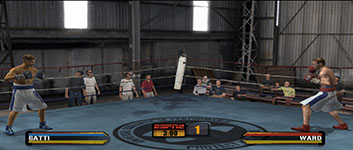
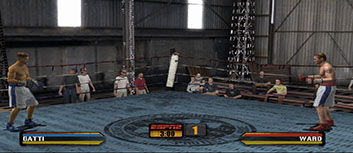
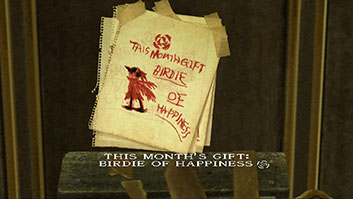
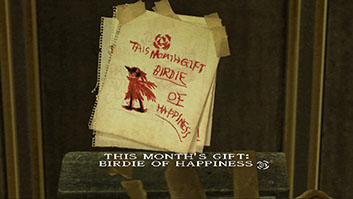
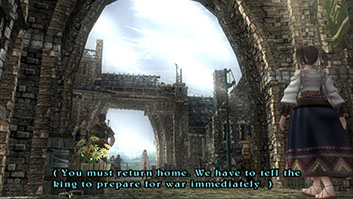

Improved CRTC output size handling
There were few rare cases on games running at NTSC video mode where the detected frame buffer height was too large and eventually caused the whole screen to have a weird format with unexpected bottom black bars on the screen. A few games which suffered similar issues are Skyrunner, Devil may cry 3, Tribes: Aerial Assault. This eventually got fixed by proper saturation limit for height in case of NTSC video mode.
Here are some comparison screenshots showing before and after the fix :
Software renderer improvements
Silent Hill outputs a nan in Q to emulate the flashlight - an unsupported NaN (not a number) on the projection value (Q). Gregory used an isnan test to find such instances and emulate the flash light effect. Gabest later decreased the speed impact by using inlined ASM. Fixes Flash light effects on Silent Hill 3.
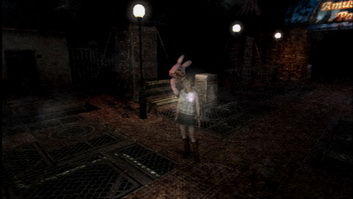
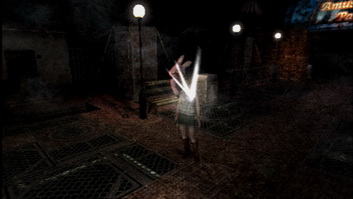
Better texture size management in software mode, fixes Horsez and Stolen memory issue and also lowers memory usage in general.
Better handling of textures addressing outside the limits by extending the cached texture size to the upper limits of the region clamp values: Fixes Lupin the 3rd
Accurate destination alpha testing
- by Gregory
Better behavior to replicate one of the GS functions where the Graphics Synthesizer can discard a pixel based on the destination output. In order to emulate this function properly you need in-order RW texture. Unfortunately standard GPU only has either an in-order RO texture or an out-of-order RW texture, to circumvent around this limitation accurate date implements a two pass algorithm to implement the effect. The 1st pass searches the valid primitive ID and the 2nd pass will do the draw based on the previous pass.
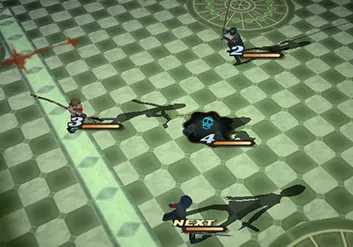
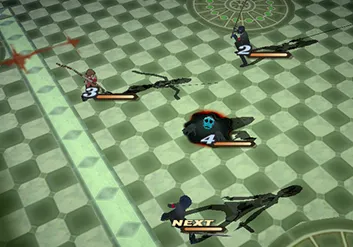
Improved read of depth / color
- by Gregory
A standard GPU has separate textures for the color and the depth information. The GS doesn't enforce such separation between color/depth information. So it is allowed to read depth as color or write color into depth. You could even write depth in the color render target. It is used for effects such as "depth of field". The new option "Hardware depth", which is an OpenGL renderer exclusive, allows to convert depth/color into color/depth respectively. Now you can enjoy accurate reproduction of such effects. However these conversions require additional resources from your GPU which might gradually decrease performance in cost of accuracy.
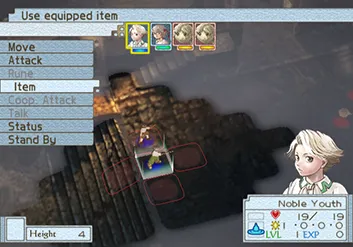
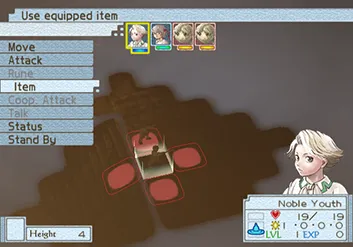
SPU2-X
New Feature - Per channel volume adjustment
- by gigaherz
A.K.A Room Correction. This feature is present in the control panel of some audio chips, but often enough, the settings that work well for the system in general, don't match the settings that you prefer for emulated games, due to the intrinsic differences of the emulated machine.
It does exactly what it sounds like: lets you adjust each output channel independently, to compensate for things such as distance of the speakers to the chair, or to emphasize the vocals (center channel) or the surround sound (side/back channels) when the game's balance is not fully to your liking.
You'll find the values hidden in the SPU2-X.INI file, under the MIXING section (VolumeAdjust series of keys). The values are in decibels, which means writing 1 in one of the volumes will make the amplitude 10x larger, 2 will blow it up to 100x, and -1 will make it 1/10th of the original. Smaller values in the range of -1 to 1 are recommended for testing, as it's easy to cause unwanted clipping in the output.
Time Stretcher: Improvements to tempo adjustments
- by Avih
Previously latency values higher than 200ms will make the stretcher adjustments overshoot the target equilibrium back and forth, in effect never stabilizing. This bug was fixed by lowering the tempo adjustments to avoid potential overshoots on bigger buffers.
The latency slider will now allow a minimum value of 15ms. Providing choices of choosing from values between 15 to 29ms on the slider.
GUI
Configurable template on GSFrame titlebar
- by Avih
There was some discussion among the users about the elements which should be displayed on the title bar of the rendering window, some of them disagreed with the placement of the elements and suggested to replace them in different order and have certain elements prioritized. While our users opinions are respected, all of them had very different ideas and it was impossible to satisfy everyone. Hence a consensus was never reached.
So Avih decided to create a general template system to allow customization of the elements on the title bar. The following template is located in the [ inis_1.4.0/PCSX2_ui.ini ]{style="font-weight: bold;"} file though lacks a user interface for easier customization.
Revamped Core and GSDX plugin dialogs
The Core and GSDX dialogs have undergone quite a deal of changes like converting the three-state checkboxes to a combobox, inclusion of tooltips on GSDX dialogs and further simplification / categorization which eventually lead to the Shader configuration dialog which includes all the Shader based options. (Shade Boost , FXAA , TV Shader and External shader )
on the core side, there was a recent WX update from 2.8 to 3.0 which eventually caused a few issues but all of them got fixed eventually by our WX Expert Turtleli and there has also been support for DPI scaling added for all the dialogs. The Emulation settings dialog has also been changed slightly to be more consistent with the Linux GUI.
Here is a preview of the old GSdx GUI and the new one:
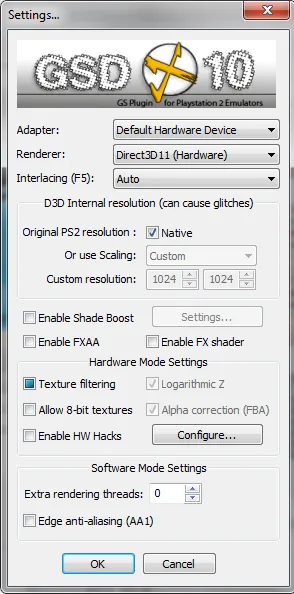
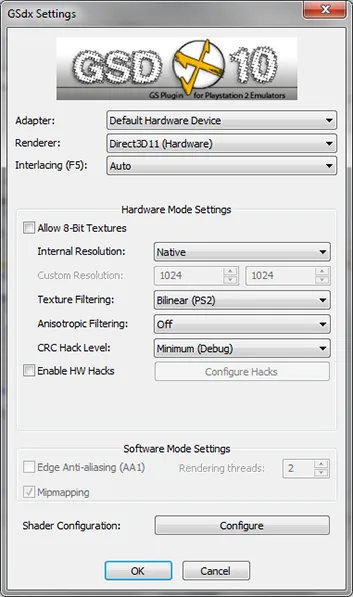
In conclusion, the team would like to thank everyone who has contributed with their time, knowledge, opinion, code or otherwise for this release to happen. It's too many people, from our forum, wiki, GIT, IRC and this is why PCSX2 has improved so much over this time. Thank you all for sticking with us, discussing, debating, offering your opinion, your free time and your skills!
